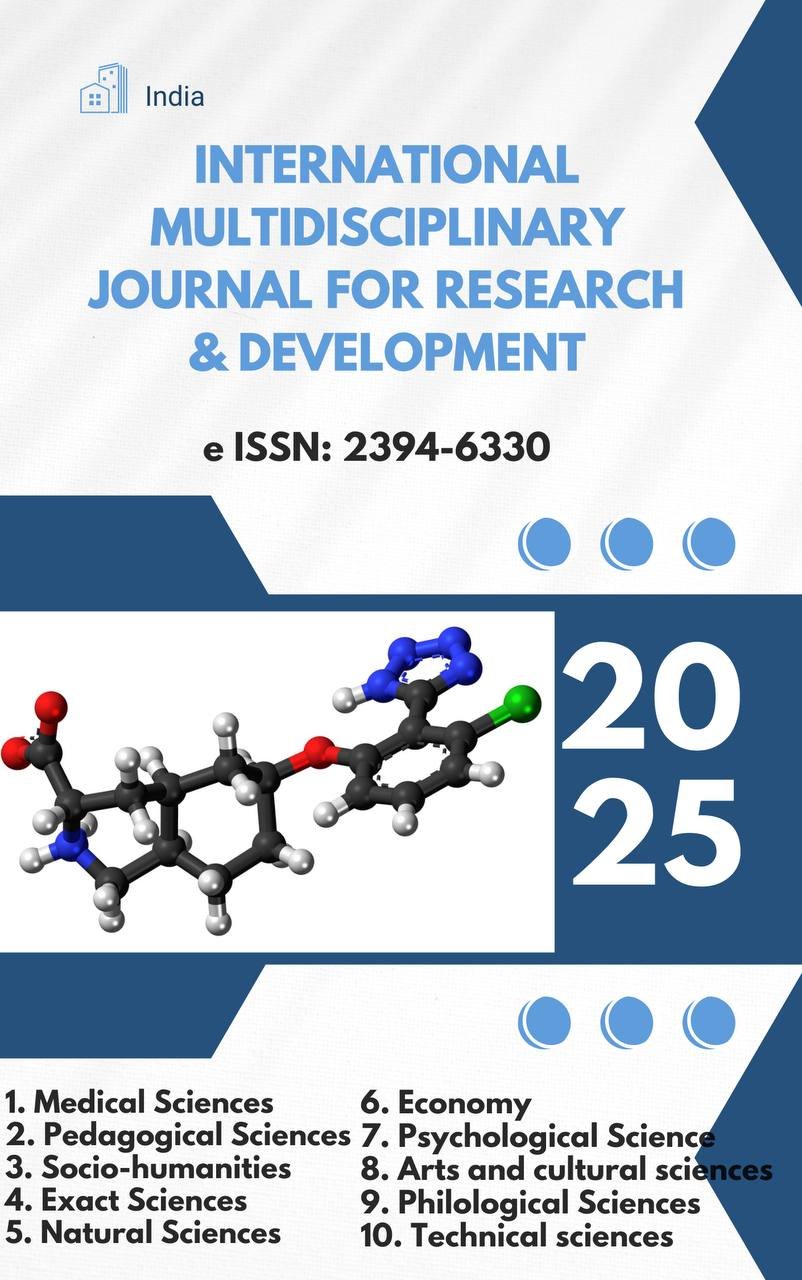AI-ENHANCED PHYSICS INSTRUCTION IN UZBEK: EVALUATING COMPREHENSION OF SCIENTIFIC TERMINOLOGY USING LANGUAGE MODELS

Abstract
This study explores the use of artificial intelligence-based tools, particularly large language models (LLMs), in teaching physics terminology in the Uzbek language. The research focuses on the effectiveness of AI-assisted instruction in improving students’ understanding of core physics concepts expressed in Uzbek. A comparative experimental methodology was employed: one group received traditional instruction, while the other engaged with interactive, AI-supported lessons using localized terminology. The outcomes were evaluated through comprehension tests, semantic accuracy checks, and student feedback. The results indicate that the AI-driven approach significantly enhances learners’ grasp of scientific terms, promotes linguistic clarity, and fosters deeper conceptual understanding in native-language physics education.Keywords
Uzbek language, physics education, scientific terminology, artificial intelligence, large language models, AI in education, native-language instruction, comprehension assessment, interactive learning, AI-assisted teaching.
References
- OpenAI. (2023). GPT-4 Technical Report.
- UNESCO. (2021). Artificial Intelligence and the Futures of Education: Challenges and Opportunities.
- Wang, Y., & Blei, D. (2020). “Language Models for Science Education.” IEEE Transactions on Learning Technologies.
- Tashkenbaev, B. (2022). Fizik atamalar va ularning o‘zbek tilidagi muqobillari. Toshkent: Fan nashriyoti.
- Mitrovic, A., et al. (2022). “AI in STEM Classrooms: Potentials and Pitfalls.” Educational Technology Research & Development.
- Ravshanov, R. (2023). “Sun’iy intellekt yordamida ta’lim samaradorligini oshirish.” O‘zbekiston Pedagogik Jurnali, 1(3), 18–25.
- Brown, T. et al. (2020). “Language Models Are Few-Shot Learners.” Advances in Neural Information Processing Systems (NeurIPS).
- Amershi, S., et al. (2019). “Guidelines for Human-AI Interaction.” Proceedings of the ACM CHI Conference on Human Factors in Computing Systems.
- Salakhov, A. & Karimov, D. (2023). “Native Language Support in AI-Based Physics Instruction.” International Journal of Educational Technology in Higher Education.
- Rahimova, M. (2023). Didaktik yondashuvlarda sun’iy intellekt texnologiyalari. Termiz: TDPU Nashriyoti.
Downloads
Download data is not yet available.